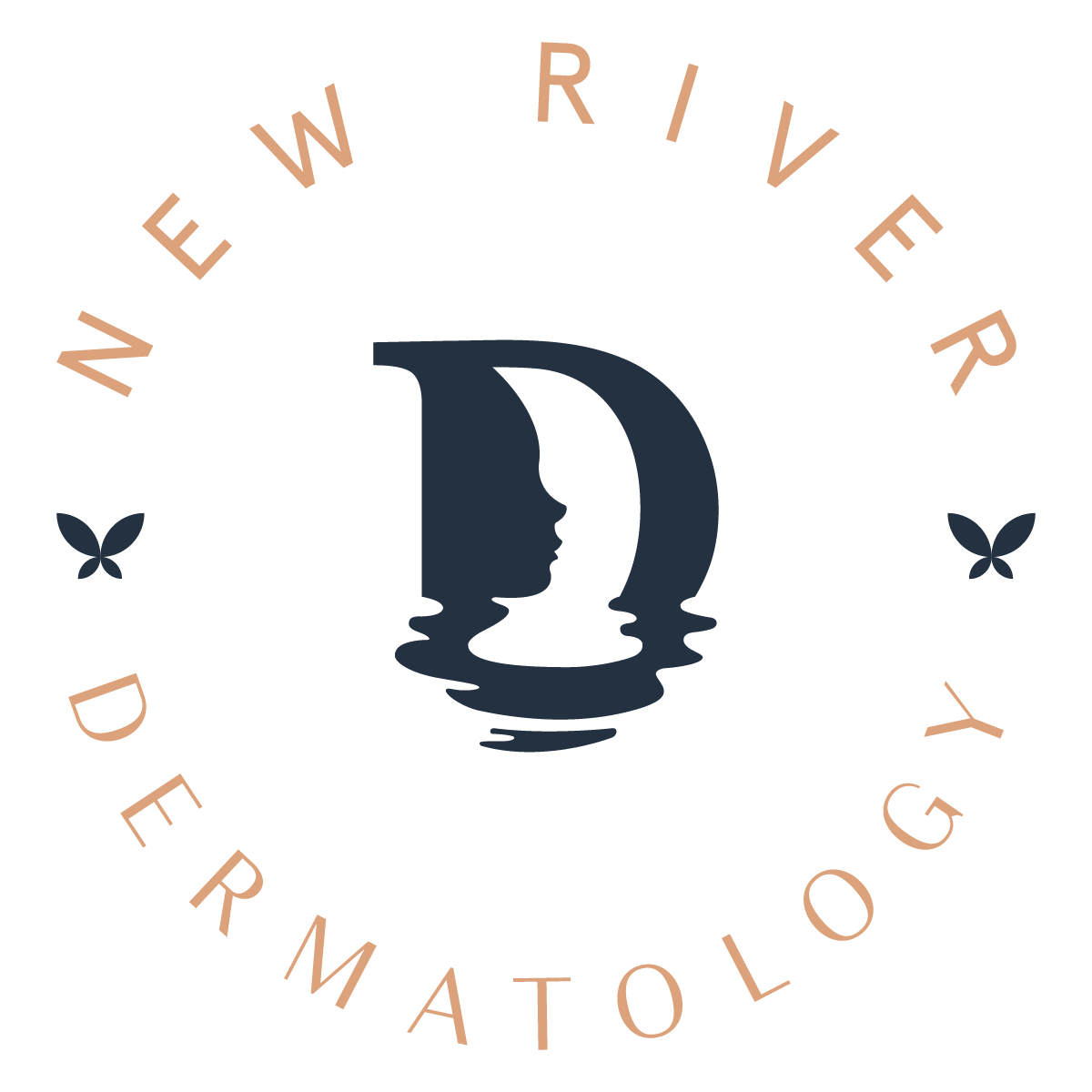Dry vs Dehydrated Skin
Winter weather is setting in, along with a change in humidity and temperature that can really do a number on our skin’s moisture levels. While complaints of dry and dehydrated skin are common during this time of year, there’s actually an important difference between the two.
Here’s how to tell which one you have and what to do about each.
To test if you have dehydrated skin, squeeze a bit of your cheek skin lightly. If it doesn’t really bounce back or if it wrinkles, it’s very likely dehydrated.
Dry Skin
Dry skin is what happens when your skin underproduces oil — it’s a skin type, similar to how combination or oily skin are also skin types. Symptoms from this lack of sebum include tight-feeling skin and itching, and sometimes changes in seasonal weather can cause unwanted aggravation. You might also get white flakes or redness, and it's important to know that medical conditions, hormones, aging, and a lot of other factors can play a role too.
For dry skin, go easy on aggravators: no hot water is a good start. Also, consider adding skin barrier serums and emollients (which have softening oils) to your skincare routine.
Dehydrated Skin
Dehydrated skin is a result of your skin losing water — usually, it contains about 30% or so, but when a number of factors occur, that storage can deplete. It can look dry, but it’s not the same thing.
Things that can trigger a loss of water include exercise, going to the bathroom a lot because of caffeine, not drinking enough water, a damaged skin barrier, and wintry conditions — the colder and more arid, the worse it is for your skin.
There’s some good news tucked in here too. Dehydrated skin is treatable with lifestyle and diet changes, whereas dry skin is a skin type. Since dehydrated skin can cause fine lines to show up, sometimes what you think is premature aging is just dry skin. Drink water, get enough sleep, and use hydrating skincare products to help get moisture back into your skin and reduce those pesky lines. Look for hyaluronic acid, gentle cleansers, and anti-aging moisturizers that’ll help erase those visible signs of thirst.
It’s also possible that your skin might be both dehydrated and dry at the same time — if you want to chat to a pro about it and get the best skincare recommendations as you go into the winter, call one of our offices today to schedule a consultation with our expert dermatologists.
